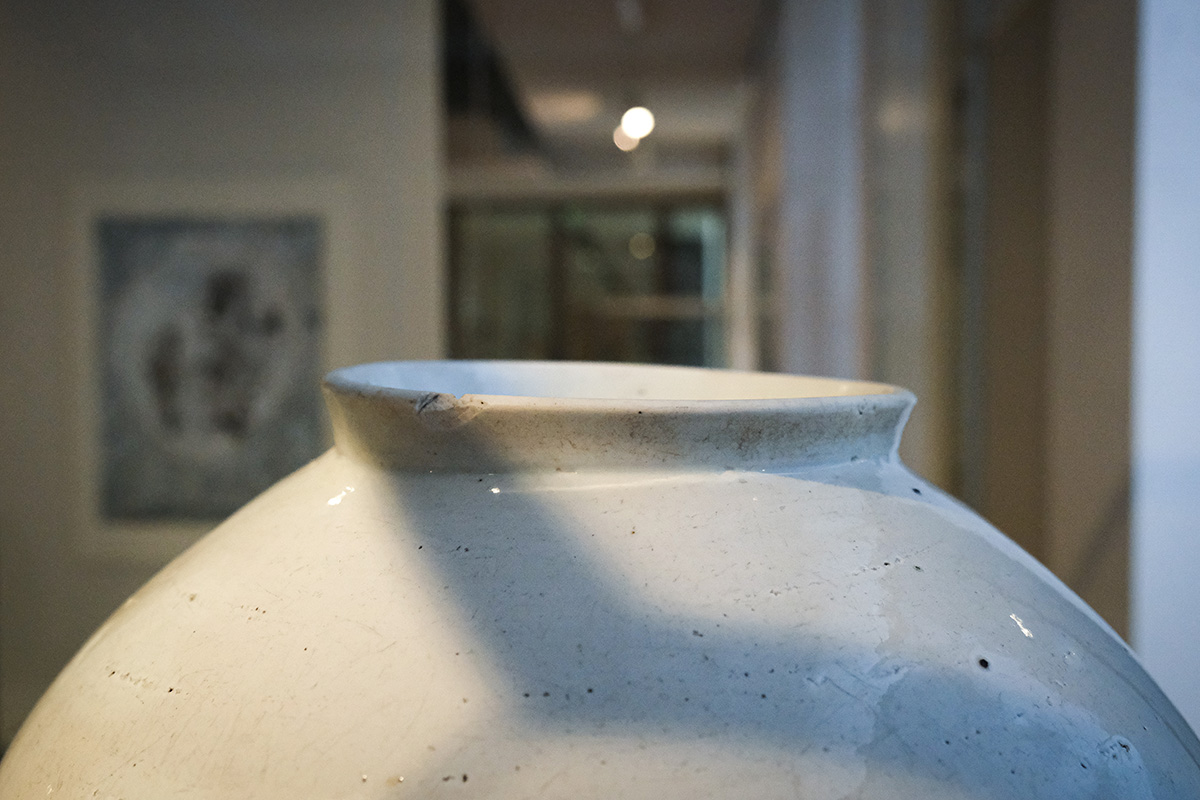My interest in Korean ceramics had been growing over the years, at first as a way to better understand its Japanese counterpart, and later based on its own merit. While Japanese emperors, aristocrats and rulers like Toyotomi Hideshoshi had a penchant for karamono, elegant and luxurious tea wares and other objects originating in China, it was tea masters like Murata Jukō, Takeno Jōō, and Sen No Rikyū that recognised and elevated the simple beauty of more humble objects like Korean rice bowls. They gave birth to a style of tea ceremony called wabi-cha.
In the late 16th century, Hideshoshi was so obsessed with Korean wares (and with everything and anything related to the Tea Ceremony) that during successive invasions of Korea he ordered the kidnapping of many local craftspeople who were resettled in Japan. These forced relocations gave birth to a rich series of traditions that produced some of the country’s most regarded ceramics. Korean buncheong wares, stoneware vessels decorated with white slip, became a point of reference for Mingei, folk craft. Even the utmost exemplifier of Mingei as described by Sōetsu Yanagi (1889 – 1961) is the humble Korea-made Kizaemon Ido bowl (which is not Buncheong).
Read the full article on The Craftsman Newsletter.


Comments